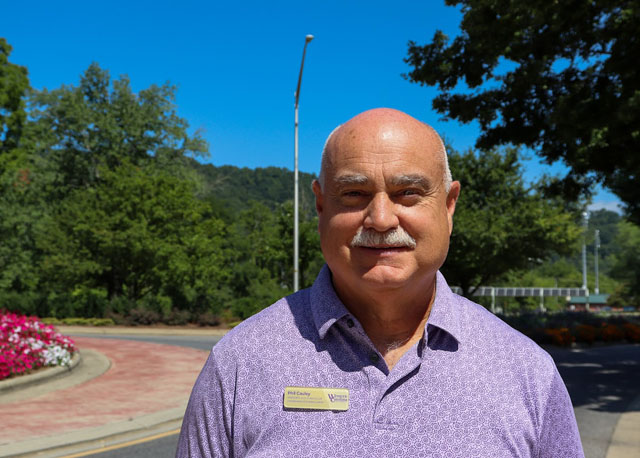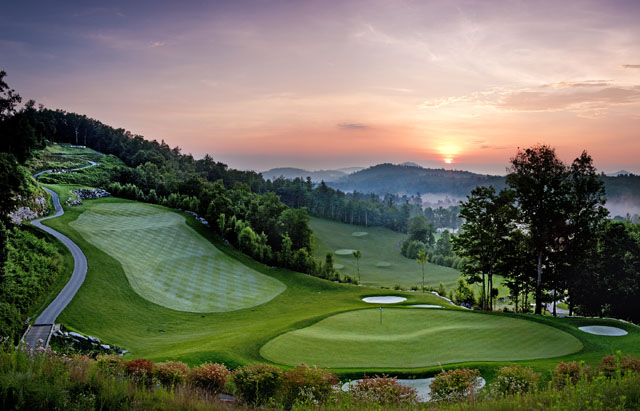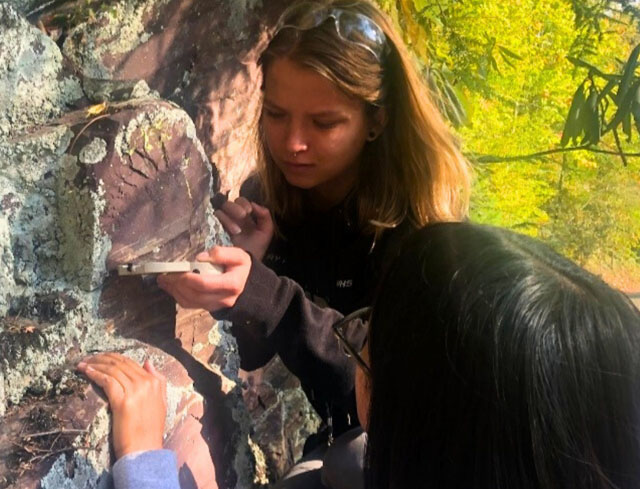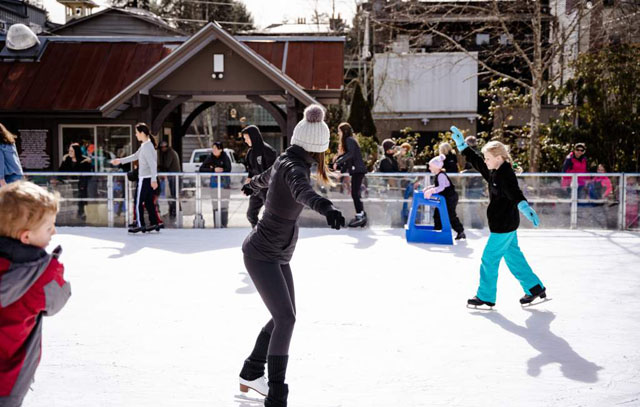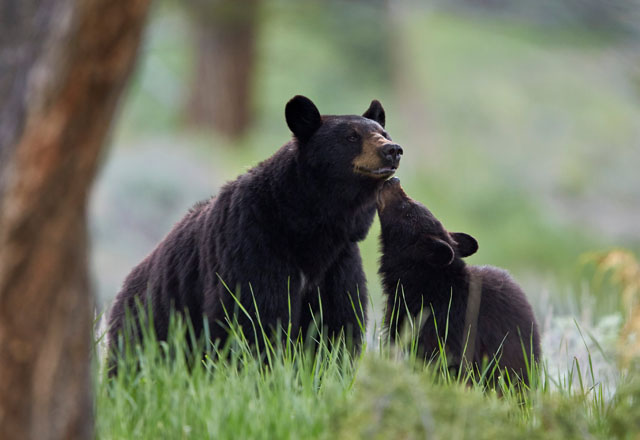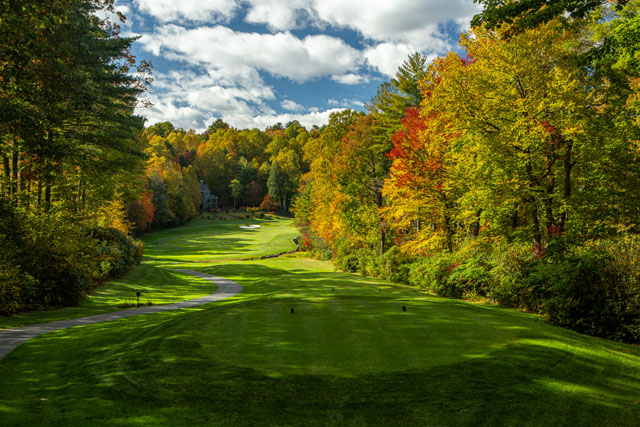Leave the Leaves
05 Oct 2024
Mother Nature will thank you
By Julie Schott
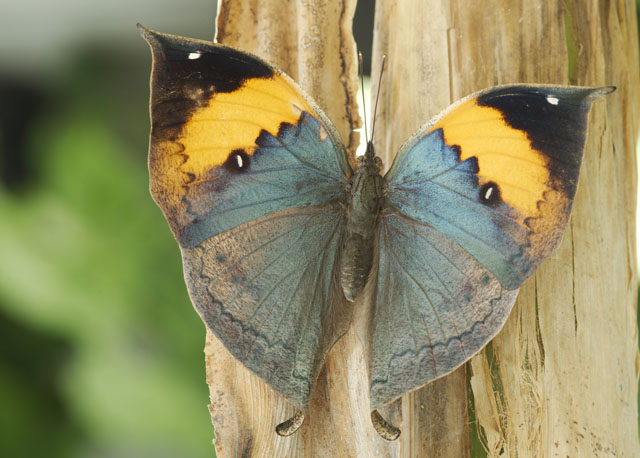
Raise your hand if you enjoy raking leaves and hauling your yard clippings away. Nobody? What if I told you that the responsible homeowner does not need to do this but would be doing us all a favor to just “leave the leaves.” It used to be that a well-manicured lawn was the standard we all aspired to because, after all, the grass is pretty and easy to walk on. We now understand that the best thing we can do for our land and our environment is not interfere with the perfect system nature has in place and let the leaves perform their full function as nature intended. We are learning that the best option is to “leave the leaves.”
When a tree drops its leaves, they become a natural mulch, holding in moisture for the roots and, over time, decomposing to create the perfect fertilizer. Additionally, “leaf litter” provides habitat and food for organisms, insects, birds, turtles, and other small animals, making them an essential part of the ecosystem. Butterflies and moths usually overwinter among the fallen leaves and dead plant stalks; fireflies and bees hide among fallen leaves or burrow just under the surface. So, when we remove all our fallen leaves, no leaf litter means no fireflies in the summer and less habitat for our pollinators.
However, our culture has encouraged raking and removing leaves and hauling them off to dispose of elsewhere for decades. Then, all too often, we buy processed mulch, frequently from a non-native source, to use in place of the leaves we removed, which creates an unnecessary amount of work, cost, and damage to what might be an otherwise healthy ecosystem, even introducing non-native and invasive species to our mountains. Did you know that pine mulch, for example, is partially responsible for our new pests, the oh-so-ornery fire ant?
Local landscape professional Canty Worley says, “Leaves are a valuable resource. When we remove leaves from the landscape, we deprive our environment of a critical component in its overall health.” Leaves gather sunlight and atmospheric nutrients and return these resources to the trees and soils that support them. Leaves are a complete package of slow-release fertilizer for trees and the larger botanical community.” Canty and his wife, Sonya, own a local landscape design company specializing in planting native plants. Over the years, each has earned a well-deserved reputation for being an expert in our local ecology. Sonya says, “Somewhere along the line, humans decided that leaves looked messy. I can understand the need to clean leaves from your gutters or remove a pile huddled in the corner of your porch, but when they are settled into the landscape, doing exactly what they are designed to do, not only should we leave the leaves, but we should appreciate them for the ecosystem services they provide. Let them be your mulch and fertilizer all at once; the design is brilliant.”
For homeowners who are concerned that fallen leaves will kill your grass, you can simply rake them into your garden or tuck them under trees. Even better, though, would be to let at least part of your property go wild. The unfortunate truth is that turf grass holds no ecological value and, in some cases, can rob our wildlife of a natural food and habitat source that a native planting would have provided. But it does not have to be all or nothing! Doug Tallamay is an entomologist and professor who started the Homegrown National Park movement. He suggests that if every property owner in America would reduce their lawn size and let at least part of their property go wild, we could have more native, life-supporting habitats than all of our national parks and conserved land combined.
Highlands-Cashiers Land Trust (HCLT) has been conserving ecologically valuable land here on the Plateau since 1909. Their Land Conservation Manager, Andrew Renfro, explains, “We understand that balancing land management practices like “leave the leaves” with satisfying a cultural esthetic standard can be complicated, but it is possible to strike a healthy balance.” He explains,” If we all do our part, we can make an enormous impact. By working with the land rather than against it, we support the life that in return supports us.”
Remember that just because we have been doing things a certain way for a long time does not mean it is the best. Nature typically knows what is best, and perhaps it is time we start listening to her.
To learn how to support land conservation on the plateau, contact HCLT at info@hcltnc.org, 828-526-1111 or visit www.hcltnc.org.

